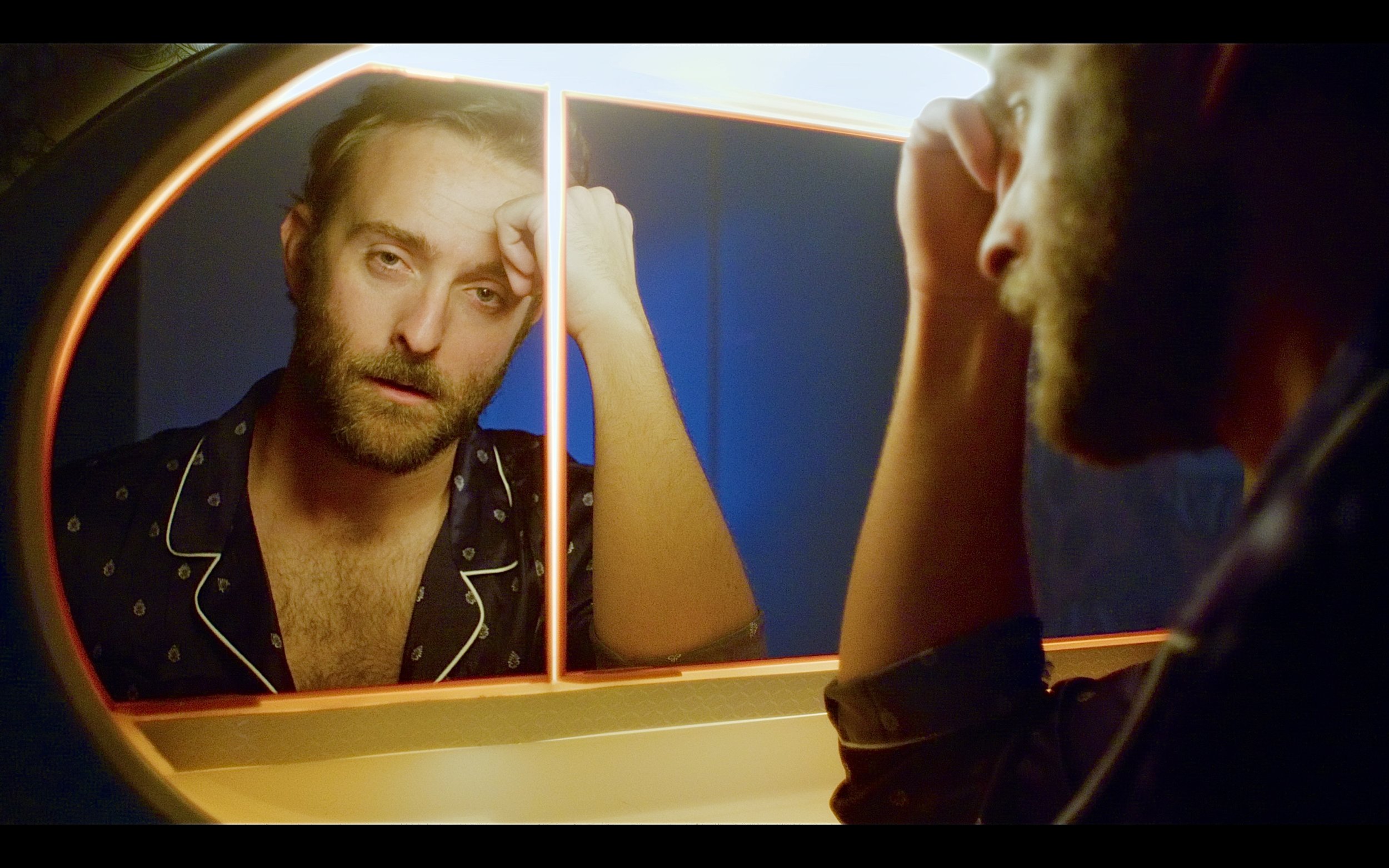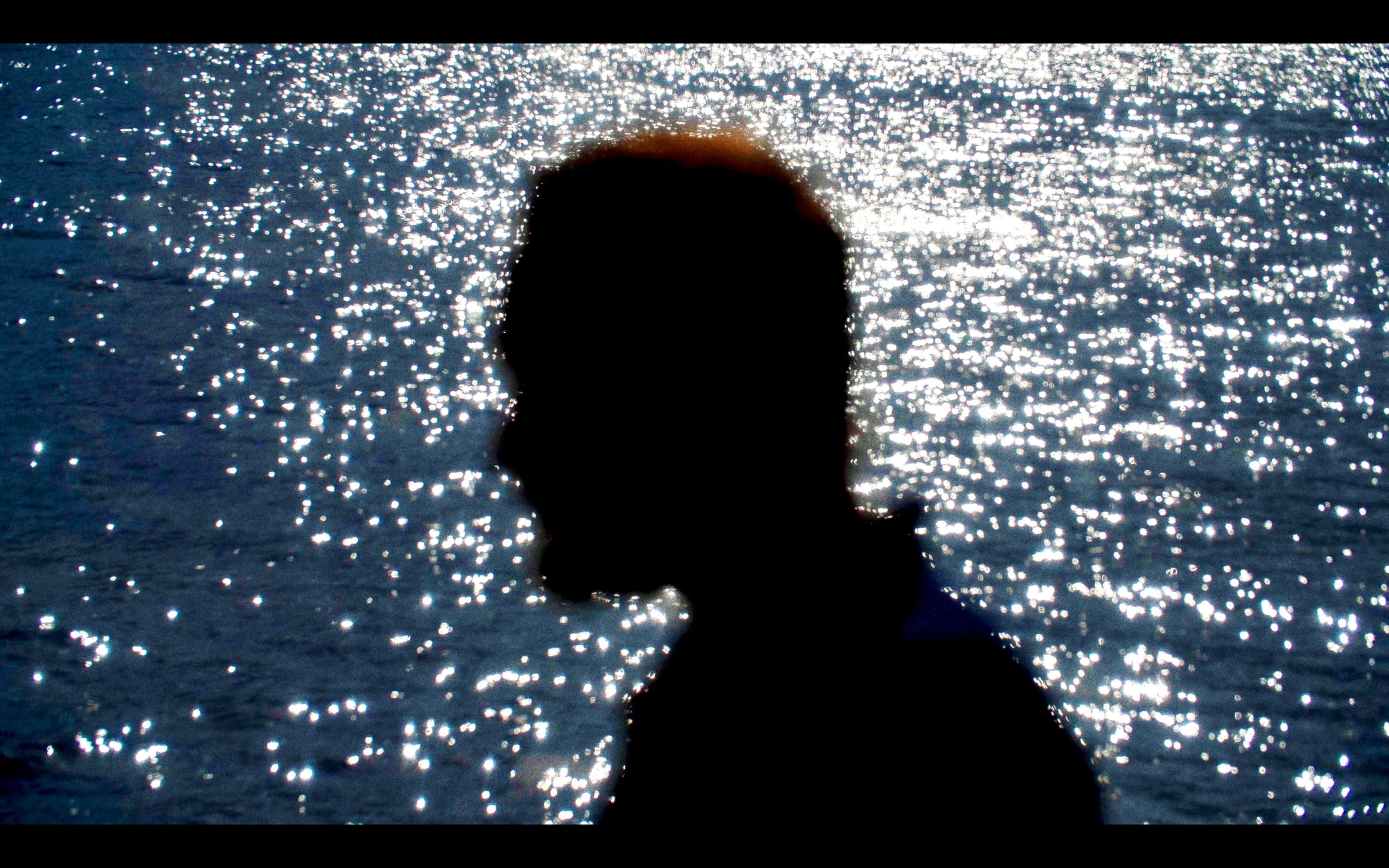Spotlight: Kowloon Blends the Dreamy with Reality in Travel-Inspired Music
IN THE MUSICAL WORLD OF Kowloon, there seems to be a duality between past and present: one is filled with bleakness; the other is a land of dreams.
While Kowloon’s sound certainly feels polished, silky might not be the best way to describe it. His melodies tremble like glitters in the water. His bass lines ripple swiftly, often decorating his lively guitar melodies. But Kowloon’s jazzy lyrical execution feels like a light breeze gracing over a silvery pond, creating a kaleidoscopic, chime-like effect within his music. Kowloon’s namesake and music emit a similar shine.
The name “Kowloon” came to the artist on the day he visited the Kowloon Walled City in Hong Kong. Though the site was reduced to a plaque and scattered bits of the concrete jungle it once was, he recalls how the Kowloon Walled City was once the most densely populated place on Earth. Standing there, a sense of removal struck him:
“So many people had lived there, grown up there, made so many memories — and now it was gone, razed to the ground,” he reflects. “The memories that people have of it are no longer tethered to a physical reality. The memories of grandparents, of births, of dates, of marriages — I wondered if they would float away like a balloon who’s string has been severed.”
Though the sight first appeared to the artist as something that is uniquely sad, after more pondering, Kowloon realized that removal is a universal feeling.
“The world that we all grew up in is so far removed from the one we inhabit now — due to social media, the ubiquity of the internet, Amazon, etc., etc.,” he explains. “In a way, I feel like we are all refugees from our own past and our own memories. I think that is part of the reason that art of late so often engages with cultural memory, nostalgia, retro-cool, and what have you.”
And thus, the musical project of “Kowloon” was created to capture this sense of disconnect from the past, replicating a musical dreamscape between the current reality and a complete removal from what came before.
It comes as no surprise that traveling is a big source of inspiration for Kowloon. New sensations from a different environment propel him to create. “There is nothing more intoxicating than new smells, new food, new vistas,” he says. “Going into a supermarket in a part of the world I've never been to is one of life’s underrated pleasures.”
His excitement certainly reveals itself through his music. Songs like “Life In Japan” and “English Morning” from his last album, Come Over, feel like brimming smiles with the use of major chords and bright synths. But even so, beneath the light-hearted melodies, there looms a certain sense of dread in his lyrics.
“Train car is lurching / Across the bay / The faces in the seats / Don't ever change / Street lights speed by / Like the days / Thinking, ‘The world I come from / Is lost beneath the waves,’” Kowloon sings in “Life In Japan.” The way he communicates the bleakness of reality is vague. He describes it as an observation but not an experience. In doing so, he emphasizes the sense of detachment abstractly, then amplifies the dread of detachment with bright tones, despite never naming the feeling with words.
In Kowloon’s music, the boundaries between different environments and different feelings often blur. There seems to be a thousand instances of chaos flowing through the glittery melodies. In “Hollywood Is Under Water,” Kowloon creates a dreamscape —or perhaps a nightmare version — of mundane Los Angeles life.
“Wake up / It's time to go downtown / Down there, down below / Wake up / The sirens are shrieking tonight / Feeling romance in my bones,” he sings. In many ways, the metropolis life of LA feels like an involuntary, never-ending dream. With just a few details, Kowloon highlights the constant disarray and nonstop actions that make up the mayhem that is Los Angeles. Upon closer listen, many of the Kowloon tracks feel like background music in first-person simulation games. By using vague descriptions in lyrics and leaving spaces for imagination, he is allowing his listeners to actually experience the lifestyles depicted in his music.
But Kowloon himself does not live in the city. He describes his habitat with vivid details: “Where I am living and working now is a bizarre mixture of auto body shops, whole-sale tile and gypsum distributors, trucking depots, and sprawling and unruly California desert,” he describes. “Cowboys on horseback ride in the shadows of thundering freeway overpasses. Vultures circle in the air above a pile of discarded KFC boxes. At night, horses are tied up outside of the 7-Eleven and coyote howls fill the hot evening air. It's very inspiring, but also very removed from what’s happening in the city center. That’s probably a good thing for me. I like to work quietly and without any fuss. I need the quiet.”
“In general, I don’t believe in waiting for inspiration. The greatest inspiration comes from working,” he adds.
“Quiet” — so much for quiet with cowboys and a thundering freeway. Regardless, Kowloon’s working environment certainly contains the same sense of duality present in his music. When asked how he balances the sense of apocalyptic dread and dreamscape all within a song, he explains his thought process. “I think it’s natural for me, because the music and the lyrics come from two separate aspects of my personality,” he says. “The music comes from my happy and sensual side. I want it to feel good. The lyrics come from the other part of me: obsessive, anxious, cynical and weary. But romantic, too. I guess that’s the serious side of my nature.”
The kind of retro-coolness Kowloon notices in the arts can also be applied to himself as an artist. He seems to be unaware of how cool it is for him to create complex musical atmospheres in such an effortless way. “I don’t set out with a theme or concept,” he says, “but I know when something ‘isn’t right.’ It’s a bit like carving a sculpture from a block of marble and revealing what’s inside. I’m always surprised by the outcome, and it’s often only after the song is finished that I understand what I was saying.”
While he only just released his previous album in 2021, Kowloon has already started working on another one, as well as a few songs for a side project that could potentially feature a full band.
CONNECT WITH KOWLOON
SPOTIFY
-
weekly tunes playlist has been updated! new tracks from @furtradeband, @pecqband, @garryfool & more! check it out! https://t.co/ToFU0R6YGo
-
RT @oliviaborch: new @LunaCollective out todayyy shot by @alltookev ✨ @P1H_official editorial design by me ! https://t.co/cvSCKsWB5D
-
RT @rlyblonde: @AnnieDirusso for @LunaCollective shot by me #35mm #portra800 https://t.co/0UUJSCBGcH






